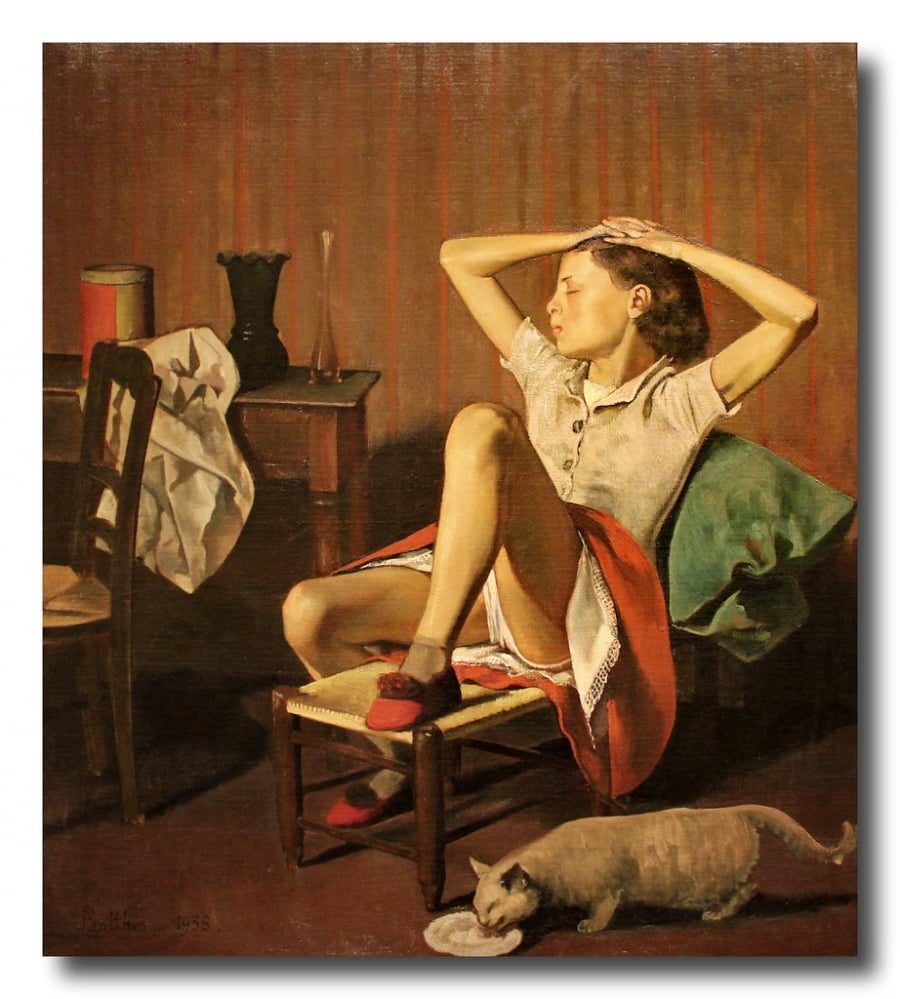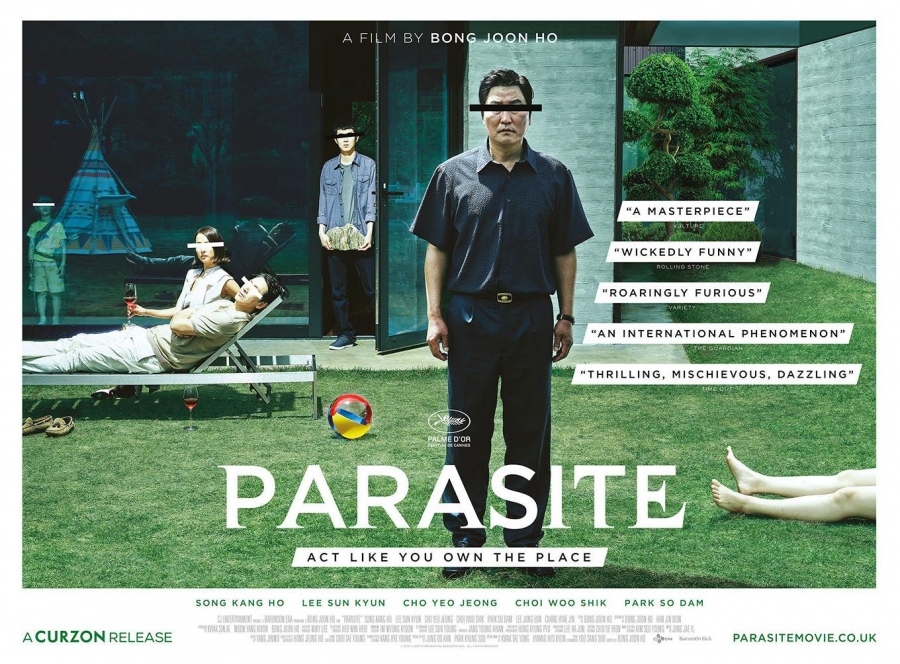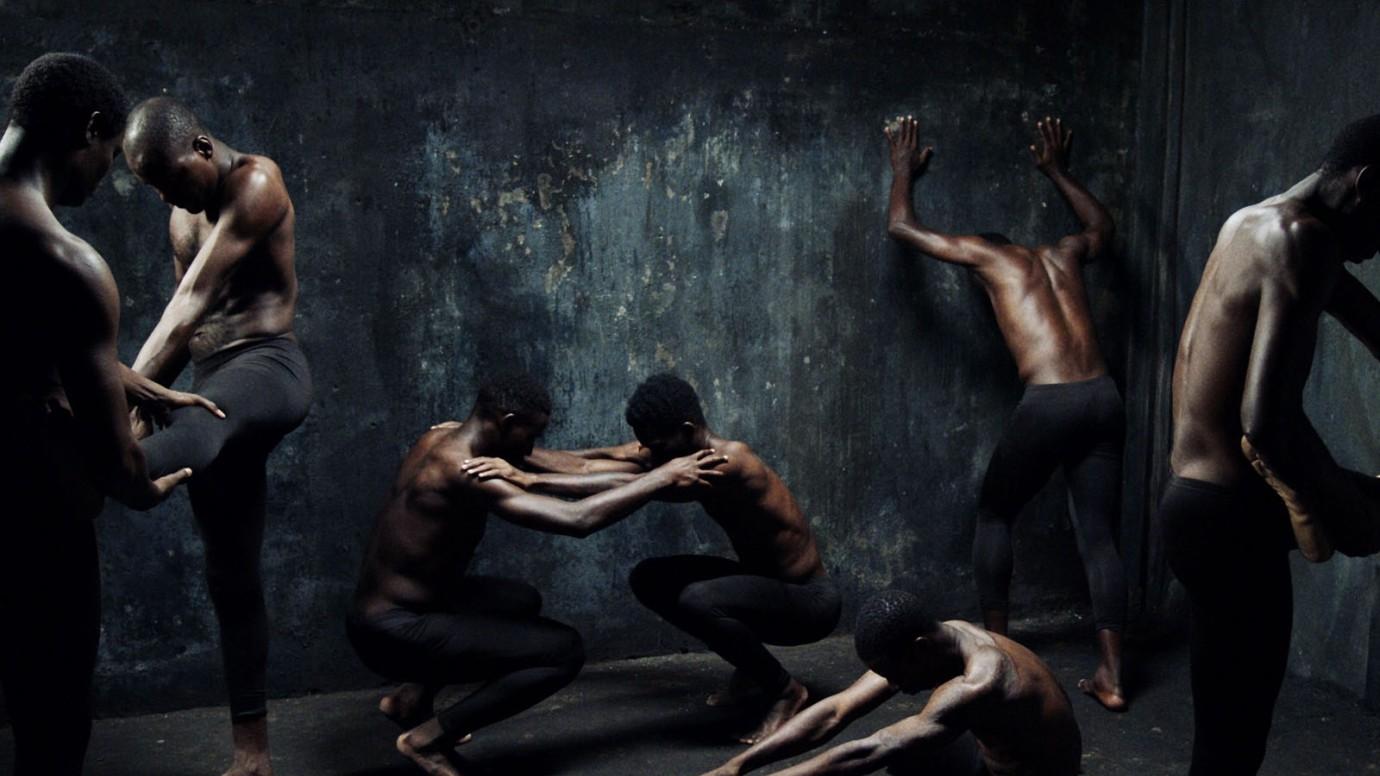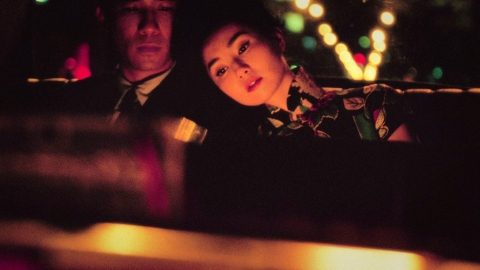Taste?
Taste is the debut film of director Le Bao, in collaboration with several producers from Singapore, France, Thailand, Germany and Taiwan. The 97-minute film, set in a slum in Ho Chi Minh City, tells the story of a Nigerian footballer who leaves his son behind in his hometown to work in Ho Chi Minh City, but quickly becomes unemployed. He then befriends and moves in with four middle-aged Vietnamese women.
Before being banned in Vietnam, the film "Vi" won the special jury prize in the Encounters category at the Berlin Film Festival (Germany) in March 2021. Submitting the film to the Berlin Film Festival without permission from the Cinema Department (Ministry of Culture, Sports and Tourism) resulted in the film production company being fined 35 million VND. Most recently, in order for the film to reach a wide audience, the producer and director announced that they had given up ownership of the film, and the new "nationality" of "Vi" now belongs to Singapore.

A scene from the movie "Taste" (source: Internet)
Throughout history, it has been tempting to imagine that every cultural concept is born, matures, decays, and eventually decays and disappears. These are metaphors, of course, that suggest that humans tend to project their own life cycles—or those of plants or animals—onto inanimate or abstract entities in order to understand every aspect of the world. And in the new digital age, this formula has returned to politics, social criticism, cultural concepts, and most importantly, art.
The story of the recent film “Taste” is just a small disturbance in the above mentioned historical upheaval. Many opinions and perspectives have been raised, but to really touch the film and the problems it faces objectively is quite difficult. If anyone has ever really sat down and enjoyed “Taste” as a film, they will see: like its name (Taste), this is a film with many points of view, which need to be specifically compared, to project, to be able to make an objective “verdict” on the fate of the work. “Taste” carries within itself the essence of the debate that took place in 1917 over Marcel Duchamp’s “Fountain” - a porcelain urinal, signed R.Mutt - some people despised that work labeled as art, others praised and praised that porcelain urinal as a modern artistic wonder. That brings us back to reality, in order to fully evaluate “Taste”, the only thing that needs to be discussed more in that turmoil is how it is formed and how people actively dissect, exploit, and share it, is it “correct” or not?

A scene from the movie "Taste" (source: Internet)
Popular culture cannot encompass the culture of a nation.
Art forms, music and literature combined with digital power like “Vị”, sometimes do not necessarily deserve to be rewarded or promoted in the context of multimedia communication - when people only look at one aspect that their thinking accepts - and from that point of view, they judge it. In fact, it is the unnecessary controversies that have deprived the audience of an enjoyable experience. When the arguments are over, people no longer watch “Vị” because they want to watch “Vị”, but they will only scrutinize every detail, filter every image, to find for themselves evidence, details worth including in their own arguments. Thus, they have succeeded in killing the experience of “Vị” in the name of a film and a work of art.
Another sad fact that needs to be noted is that anyone can have an objective mindset while still having very subjective standards when looking at things. Therefore, if we bring "Vi" as a work of art with the argument "because it is art, it deserves to be freely adapted", "because people in the world do it all" then it is clearly not enough. The audience hastily forgets that popular culture cannot encompass the cultural concept of an entire nation - what happens in the main storyline of "Vi" can be accepted in Germany, in Western countries, but in Vietnam in particular and Asian countries in general, it will still be taboo, an insult to the values of a nation that considers the image of the mother to be sacred and precious. Therefore, for each work of art, there must be a selection of objects and ideas to suit the artistic goals that need to be aimed at. Unfortunately, “Vị” chose the wrong audience to convey its message, right from the start. The film’s ban in Vietnam was just a “last straw” event, rather than something to be outraged about, demonstrating the “conservatism” and “arbitrariness” of those representing the country’s cinema and art scene.

The work Thérèse Dreaming (1938) by famous painter Balthus (source: Internet)
The case of “Vi” can be compared to what happened to the painting Thérèse Dreaming (1938) by the famous painter Balthus. In 2017, more than 8,700 petitions were sent to the Metropolitan Museum of Art in the United States, asking them to remove the painting because they believed that the painting of a young girl’s indiscretion would create a perspective that “romanticizes the sexualization of a child.” But the petition only stopped at asking for removal, not destroying or threatening to destroy the painting. The petition was just a formality to ask the museum to be more conscientious in creating context, so that the artworks convey their true meaning. The public only asked the Metropolitan Museum to add a warning that: “Some viewers will find this work offensive or perverted, because of Balthus’s artistic fascination with young girls.”
A Metropolitan Museum spokesman at the time called the controversy “an opportunity to debate” the “continuing evolution of existing culture.”
Journey from theIto theme
From the story of “Vi” and the above example, we can see that each artist is an individual who is always proactive in experimenting with endless ideas and directions in their own art, to find the “right” journey for themselves. But first of all, they must have what is called “their own art”. If they stop at a hybrid that is not deep enough or an imperfect experiment, it will be very difficult for all of the artist’s ideas to be accepted by the world public.
Artists are free to create when and only when they give the audience (or humanity) the freedom to accept or reject the creation they create. At the present time, it is clear that we are not ready for “Taste”, but in fact, “Taste” is not really ready for us. Remember, director Bong Joon Ho needed nearly two decades of pursuing very human stories to be able to create a Parasite with his own thinking, and accepted by the whole world.

The movie 'Parasite' by director Bong Joon Ho, won at the 2020 Oscars (source: Internet)
Ultimately, what makes a work of art come alive is not its inevitability, but the decisions the artist makes. We are drawn to a work, we admire an artist, not because the words, the notes, the images they create are “right,” but because their art is revelatory: it opens the individual to, and contrasts with, the world in which they live.































